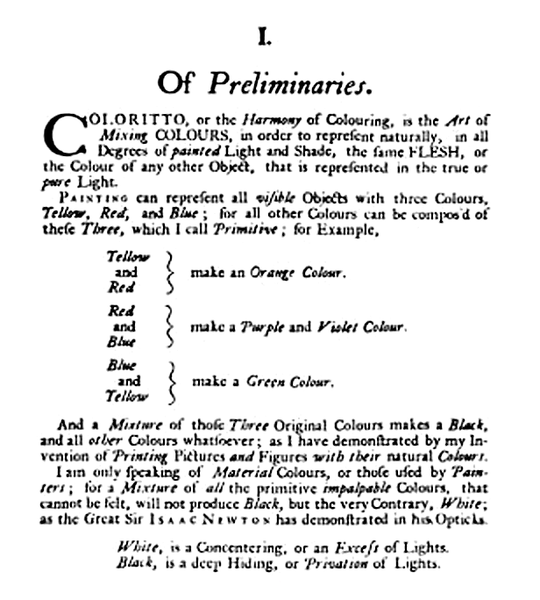Ruth R. Benerito (1916–2013), USA – a.o. Permanent press (no-iron clothing)
Ruth Rogan Benerito (January 12, 1916 – October 5, 2013)[1] was an American chemist and inventor known for her work related to thetextile industry, notably including the development of wash-and-wear cotton fabrics. She held 55 patents.
Personal life[edit]
Ruth Mary Rogan was born and raised in New Orleans.[1] In an age when girls did not usually go on to higher education, her father made sure his daughters received the same education available to boys. She completed high school at age 14 and entered Sophie Newcomb College at age 15, and later Tulane University where she earned a degree in chemistry.[1] She graduated during the Great Depression and hoped to do research, but jobs were scarce and for a time she had to teach at local schools in Jefferson Parish, west of New Orleans, before making her name as a research chemist.
Her further studies took her to Bryn Mawr, and back to Newcomb where she taught chemistry while researching advanced quantitative analysis and physical chemistry, organic chemistry, kinetics, and thermodynamics. While working as a teacher, Benerito took night classes to earn her master's degree from Tulane University. During World War II she taught college classes, and she earned her doctorate in physical chemistry from the University of Chicago after the war. She married Frank Benerito in 1950 and went to work at the USDA Southern Regional Research Center of the US Department of Agriculture in New Orleans, where she spent most of her career.
In later years, while she was researching cotton fibers, Benerito taught classes part-time at Tulane University and at the University of New Orleans. She retired from the USDA in 1986 but continued to teach part-time at Tulane and the University of New Orleans.
Contributions[edit]
Invention of wrinkle-free fiber[edit]
Ruth Benerito is most famous for her work relating to the use of mono-basic acid chlorides in the production of cotton, with which she has 55 patents, which allows for more wrinkle-free and durable clothing. She invented these wash-and-wear cotton fabrics while working at the U.S. Department of Agriculture (USDA) laboratories in New Orleans in the 1950s.[2] Before this innovation, a family needed considerable time to iron clothes. Benerito found a way to chemically treat the surface of cotton that led not only to wrinkle-resistant fabric but also to stain- and flame-resistant fabrics. The invention was said to have "saved the cotton industry."[3]
The secret of the invention is the use of a process called crosslinking. Cotton is composed of a material called cellulose. Like synthetic nylon and polyester fibers, cellulose is a polymer; that is, its molecules are shaped like long chains containing many thousands ofatoms. The long, chainlike shape of the molecules is what makes cellulose, like nylon and polyester, a good fiber. She discovered a way to treat cotton fibers so that the chainlike cellulose molecules were joined together chemically. This procedure is known as crosslinking, and it makes cotton resistant to wrinkling.
It was first thought that crosslinking was making the cotton fabric wrinkle resistant by strengthening its fibers, but the amount of crosslinking used in her treatment is small and does not add much strength. She developed a new theory on how crosslinking works. It is known that cellulose molecules can stick to each other by means of the weak hydrogen bonds between molecules. She proposed that one side effect of her crosslinking process was the strengthening of the hydrogen bonds, which made the material resistant to wrinkling.
Laboratory Equipment[edit]
Benerito's research led to the development of glassy fibers that proved useful in the manufacture of laboratory equipment.[4][5]
Method feeding seriously wounded soldiers[edit]
Besides her contribution to textile industry, during the Korean War, she developed a way to give fat intravenously to patients who were too sick to eat—a method used to feed seriously wounded soldiers.[6]
Awards[edit]
- 1968 Federal Woman Award
- 1968 Southern Chemist Award
- 1970 Garvan Medal
- 1972 Southwest Regional Award of American Chemical Society
- 1981 Honorary degree, Tulane University
- 2002 Lemelson-MIT Lifetime Achievement Award
- 2008 National Inventors Hall of Fame[7]


Comments
Post a Comment